Text
hellooooo is anybody out there?? i really want to get this blog up and running again after over a year of neglect, but I have no idea where to start. So many of the nature blogs I used to follow have gone inactive like I did, so I feel like I’m starting from scratch here..
anybody have some bird blogs to recommend???
31 notes
·
View notes
Photo

(via 500px / Two hummingbirds in flight at the highlands of Costa Rica by Chris Jimenez)
White-Bellied Mountaingem
1K notes
·
View notes
Photo

Gentoo Penguins by The Wandering Fowl
647 notes
·
View notes
Photo

花粉で口の周りを黄色くしちゃって、可愛いですね。 #メジロ #鳥 #動物 #河津桜 #桜 #花 #自然 #写真 #東京
人気ブログランキングへ
781 notes
·
View notes
Photo

Sulphur-Crested Cockatoo by Maggie Diana on Flickr.
243 notes
·
View notes
Photo

Spitzbergen wildlife (by Exodus Travels - Reset your compass)
448 notes
·
View notes
Photo

(via 500px / Sickle-winged Nightjar- Hydropsalis anomala by Thiago Silva)
500 notes
·
View notes
Photo

The Blue-gray Tanager - Thraupis episcopus, is a medium-sized South American songbird. Its range is from Mexico south to northeast Bolivia and northern Brazil, all the Amazon Basin, except the very south.
Photo by Bill Holsten.
114 notes
·
View notes
Photo

(via 500px / Resplendent Quetzal (Pharomachrus mocinno) perched on aguacatill by Chris Jimenez)
869 notes
·
View notes
Photo

Shoebill, Virunga National Park, DR of Congo
Named for its strangely shaped bill, the shoebill (Balaeniceps rex) is common in a strip of central Africa that runs through Virunga National Park. They mostly eat fish, remaining statue-like till they strike, but they also prey on snakes up to 60 centimetres long, and even baby crocodiles. Shoebills are big birds, standing up to 1.4 metres high and with wingspans of 2.6 metres. They are one of 706 bird species found in Virunga. Image: Nigal Parvitt/AWL/Getty
(via: New Scientist)
397 notes
·
View notes
Photo

Wild Eep, Pacific parrotlet hen, by teleos, on Flickr.
5K notes
·
View notes
Photo

White Tailed Trogan 2 by beth keplinger on Flickr.
325 notes
·
View notes
Photo

(via 500px / Male Anna’s Hummingbird by Jesse Hodges)
935 notes
·
View notes
Photo
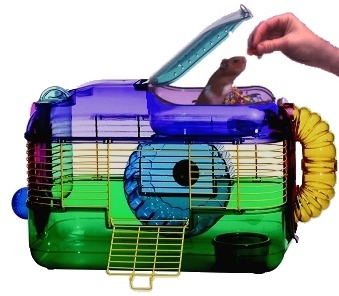



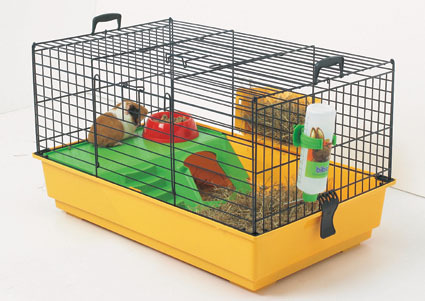

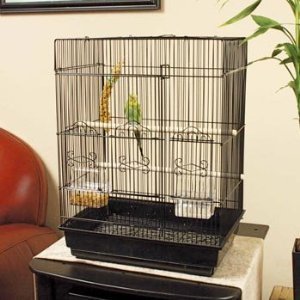
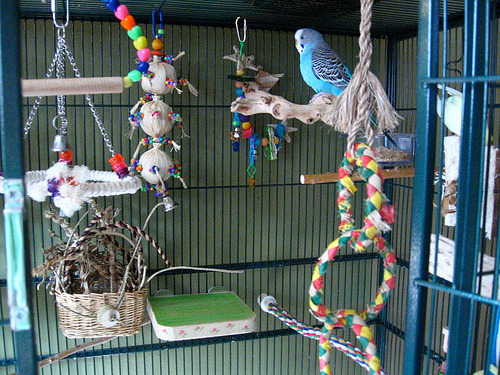

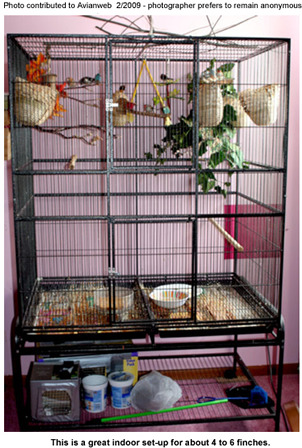
What people thank an animal should be kept in and what the animal actually should be kept in. (click the pictures)
For one about ferrets, rats, mice, hedgehogs, and chinchillas go here.
Not based on personal preference, but observable fact. An animal kept in an environment that is too small is unhappy and stressed. This can absolutely lead to a short miserable life.
I see a lot of people, virtually every day, who have these preconceived notions about what an animal can live in. A hamster lives in a hamster cage of course, because the happy little hamster on the box says so! This cage is for finches, they even keep them in it at the store! My friend had a rabbit and it lived in that cage so I’ll get that one. This sort of dangerous socially accepted neglect is not just limited to bettas and goldfish. Mammals and birds are subject to it as well.
What people don’t realize is that almost all commercial or common cages are completely unacceptable as homes for what they are marketed for. Those guinea pig/rabbit cages? Garbage. Those tiny finch cages? Torture. That cute technicolor hamster cage? A gimmick.
All animals need a certain amount of space for enrichment and general well being. That does not mean the cages someone is trying to sell you. It means the cages that are best.
And to all those people who are thinking “Well I had a hamster in a cage that size and it was fine.”
Stop.
You have only observed your animal. You have only observed the animal in a confined space and most likely showing signs of distress or behavioral problems. But you interpreted it as normal because that is all you know. You haven’t seen rabbits in appropriate sized cages. You haven’t seen parakeets in appropriate cages. You haven’t seen a hamster who is happy.
Signs and symptoms of cruelly confined hamsters. (The same applies to mice, gerbils, and rats):
Biting the cage bars
Obsessive digging
"Laziness" (lack of foraging/exploring)
Aggression
Pacing
Running in circles
Obesity
Signs and symptoms of cruelly confined rabbits:
Biting the cage bars
Running in circles
Bouncing off the cage walls
Aggression, irritability when being held
Cage aggression
Constantly banging toys/decor around
Obesity
"Laziness"
Signs and symptoms of cruelly confined guinea pigs
Biting the cage bars
Banging their water bottle on the side of the enclosure constantly
Aggression tword other guinea pigs or you
Obesity
"Laziness"
Signs and symptoms of cruelly confined parakeets
Feather plucking
Aggression to other parakeets
Pacing
Obesity
Repetitive behaviors (constant singing into a corner, going from the same perch to the same perch over and over again)
Fearfulness
Signs and symptoms of cruelly confined finches
Aggression to other finches
Flight tracing: Going from one perch to another in the exact same spot the exact same way over and over again
Obesity
Animals are more complex than people give them credit for. They to do all of the natural behaviors they’re built to do. Exploring, foraging, playing, hiding, interacting (or not interacting) with another animal, etc. All of this is taken from them in cages like the ones above.
People need to educate themselves about an animal before getting one. It’s a thought that’s been said a million times over and yet nobody actually does it. The reality is people who want a hamster/guinea pig/rabbit are not going to sit down and read ten articles and three books waiting 2 months while they set everything up unless they are already enthusiasts who are willing to put that much into their pets. I can say from experience that over 80% of the people who buy pets buy them to make their kids happy with no regard to what the animal needs. What is most important to them is getting a present for their child regardless of any consequences that decision comes with.
So we have to try and get this information out there. We have to try and make THIS the general knowledge about these animals.
Resources and very good reads for anyone who has or wants any of the animals listed here. I’ll add more when I find them.
Rabbits: X X X
Guinea pigs: X
Hamsters: X X X
Finches: X
Parakeets: X
78K notes
·
View notes
Photo

Cooper’s Hawk
95 notes
·
View notes

